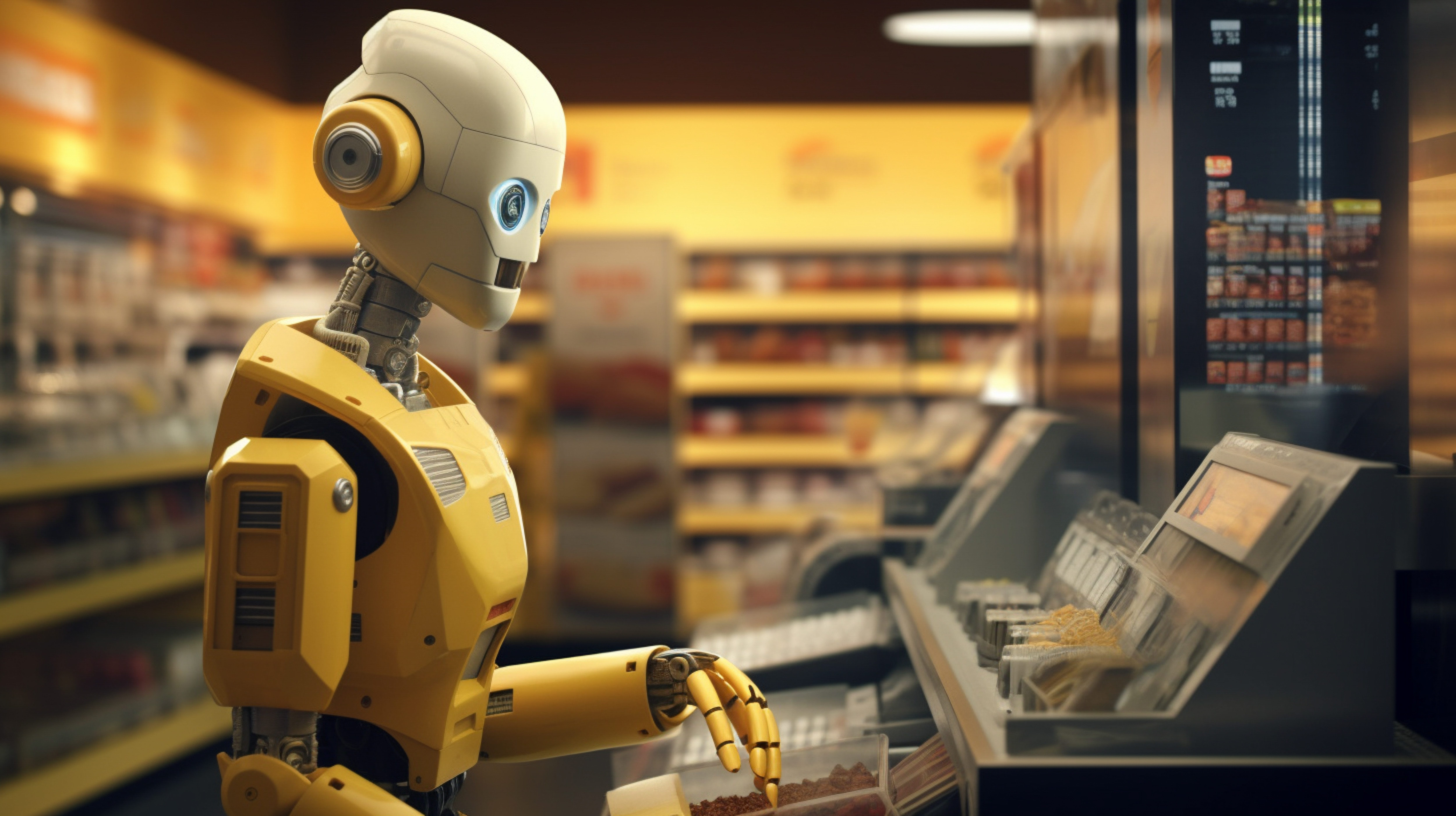Consumer revolving debt continues to dip, as June’s recently published numbers indicate. The number now sits at $992.4 billion, after sliding from $1.02 trillion in April and $995.7 billion in May, according to Federal Reserve reports of its seasonally adjusted numbers.
Consumer delinquency benefited from stimulus checks, as we saw in the Q1 improvement from 2.71% to 2.42% in June and the impact of millions of payment deferrals by credit card issuers. Unfortunately, those two remedies will soon shift. Federal unemployment enhancements, the extra $600 in weekly benefits, is now a political football. Also, payment holidays and deferrals will quickly begin to end depending upon when the scheduled extension booked and how long the credit card company set the term.
Today’s WSJ talks about the shift: “With Second Stimulus Checks on Hold, American Spend Less at the Grocery Store.” You can be sure that if households cut their food budgets, their credit card payments will soon begin to falter. From a credit management perspective, the looming issue does not hold well for upcoming charge-offs.
- The emerging shift in food spending comes after the $600 in weekly additional unemployment checks expired in July. It has also prompted grocery stores to bring back something customers haven’t seen much of during the pandemic: discounts.
- Lump-sum stimulus checks consumers received in the spring and the extra unemployment money for people who lost their jobs in the pandemic has helped shore up consumer businesses amid widespread shutdowns and millions of workers claiming unemployment.
Practically speaking, you can not blame the household budget strategy. When people do their household budgets and payments, the first level of consideration is utilities. If there is water, gas, or electricity, that is usually at the top of the order. Most utilities, like New York’s Con Ed, extensions permit this necessary budget item to slip. Foreclosures and evictions are stayed from execution, and secured lending for automobiles is backed up or blocked.
The lowly unsecured credit card debt is likely the most vulnerable. And when you start seeing Walmart worrying, that is a sign of upcoming credit risk.
The WSJ mentions:
- “People perceive they’re spending more money on food, despite eating out less,” said Walmart U.S. Chief Executive John Furner on a conference call last week. “So, we’ll be thoughtful about the way we plan the rest of the year and react to changes in the trends we see from our shoppers.”
- Sales growth of frozen dinners, for instance, averaged about 9% for the three weeks ended Aug. 16, compared with around 17% for the previous two weeks, according to the IRI CPG Demand Index.
Credit card bankers need to watch the trend. This holiday season might be the year of the grinch. And for credit card lenders, that means purchasing is down, and unsecured lending will be stressed.
Overview by Brian Riley, Director, Credit Advisory Service at Mercator Advisory Group










